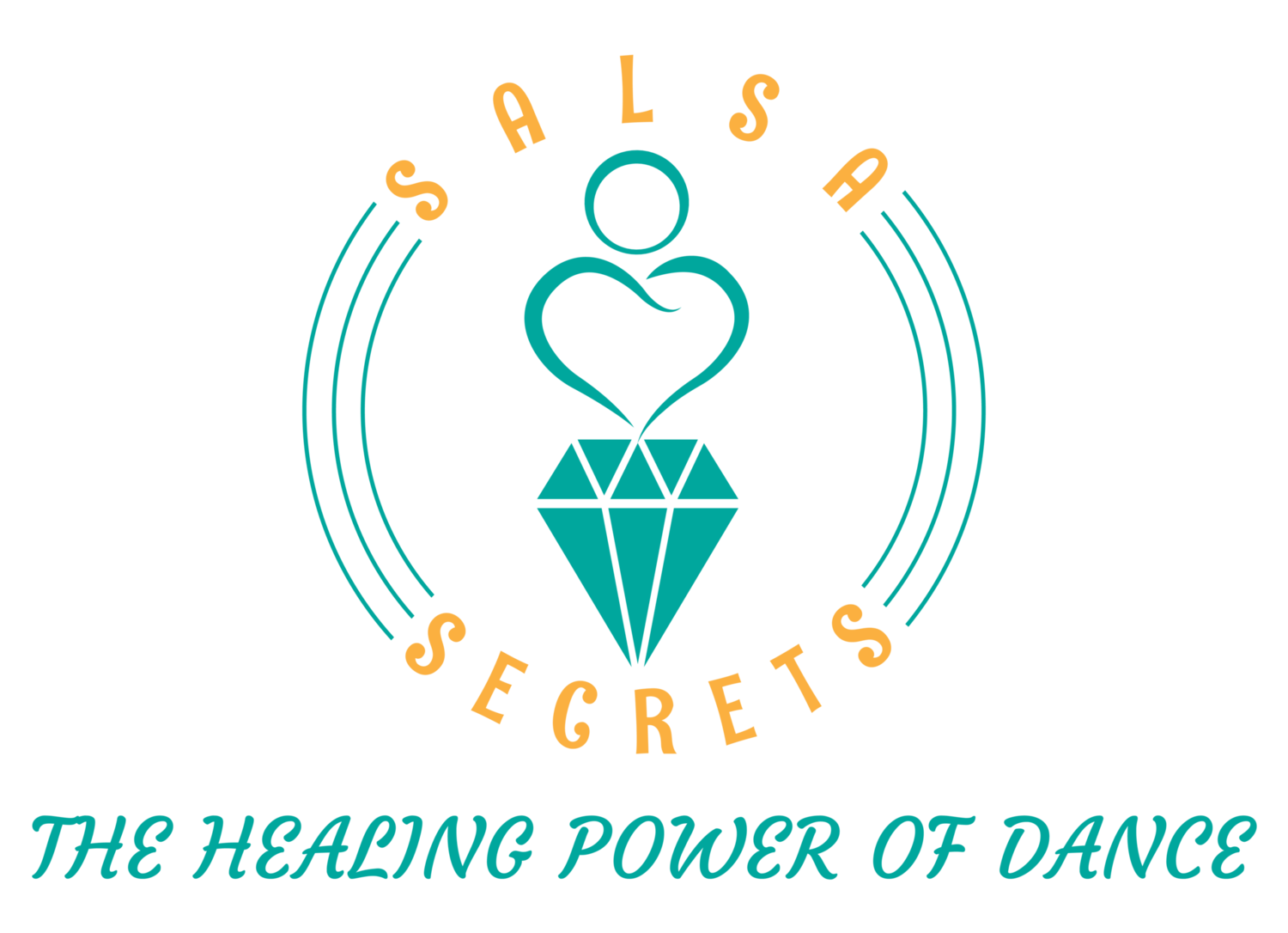Being considerate of gender is important to promote inclusivity and avoid reinforcing gender stereotypes. In many partner dances, such as salsa, tango, or swing, there are traditional roles of leader and follower. However, it's essential to remember that these roles are not inherently tied to gender, and individuals should choose the role that feels most comfortable and enjoyable for them.
Leaders and Followers Are About Roles, Not Genders
Leader and follower roles in dance are not determined by one's gender. Anyone, regardless of gender identity, can choose to be a leader or a follower. Dancers should select the role they prefer based on their comfort and skill level. Dancers are encouraged to learn both roles if they desire to.
Leaders (Traditionally)
The leader typically initiates movements, guides the direction, and sets the rhythm.
Leaders communicate with their partner through physical cues, such as hand signals, body movements, and eye contact.
Leaders have the responsibility of ensuring the safety and comfort of their partner.
Followers (Traditionally)
The follower responds to the leader's cues, following their lead and rhythm.
Followers should maintain a strong connection with the leader and adjust their movements accordingly.
They have the freedom to embellish and express themselves within the context of the dance.
Role Selection
Dancers should feel free to choose the role that resonates with them. Some may prefer to lead in certain dances and follow in others. It's about personal preference, comfort, and enjoyment.
Respect and Consent
Mutual respect and consent in partner dancing is of the utmost importance. Both the leader and the follower should feel comfortable and safe. Consent is essential, and no one should ever feel pressured into a role they are not comfortable with.
Open Communication
Open communication between dance partners is vital. Leaders should check in with their partners and ensure they are comfortable with the level of connection and intensity. Followers should feel empowered to communicate their needs and boundaries.
Inclusive Language
We try to use inclusive language when discussing dance roles and encourage our dancers to do the same.
Support and Inclusivity
We want to create a welcoming and supportive dance community where individuals of all genders and backgrounds feel accepted, valued and included.
We’d love to hear, in the comments section, if you have anything to add on this topic.
